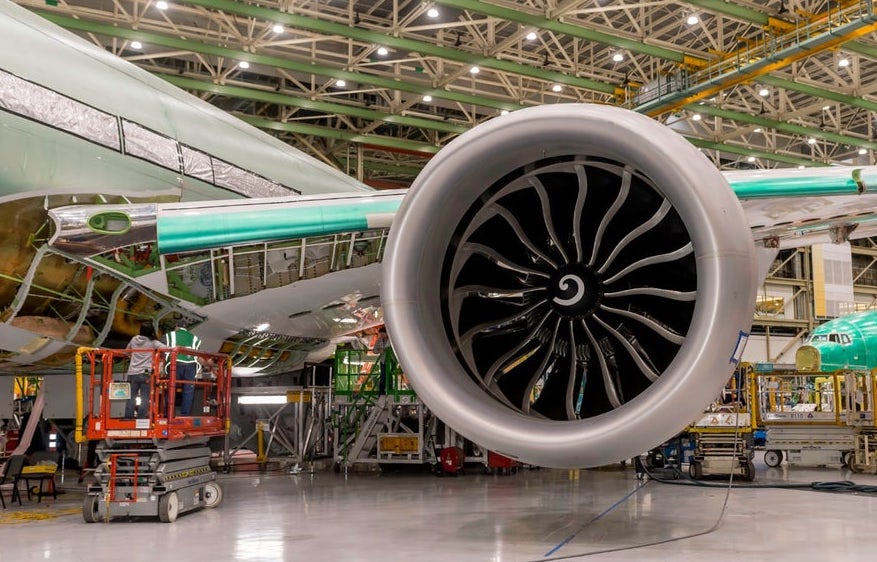The Russian state-backed Advanced Research Foundation (FPI) and Federal State Unitary Enterprise (VIAM) have flight-tested their 3D printed MGTD-20 gas turbine engine for the first time.
The motor was evaluated onboard a light Unmanned Aerial Vehicle (UAV), which was launched over the Kazanbash aviation center in Tatarstan, around 500 miles east of Moscow. Utilizing 3D printing to construct the vehicle, which reportedly reached speeds of 154 km/h, halved its cost and made it 20 times quicker to build than using traditional methods. Following the successful test flight, the project’s organizers are developing a line of small 3D printed turbine engines, with production set to begin between 2021 and 2022.
Take-off for the Russian 3D printed engine
Launched in November 2015, the joint venture between FPI and VIAM aims to develop “new generation materials” for 3D printing aircraft and rocket engines. Within the project’s framework, the government-backed groups have deployed a Selective Laser Sintering (SLS) production technique to fabricate a prototype MGTD-20 gas turbine engine.
Leveraging its high-impact custom-designed metal powders, VIAM 3D printed a turbine that was reportedly 20 percent stronger than those produced using existing materials. VIAM also provided a range of synthesis technologies, thermal treatments, and post-processing solutions to optimize the process and reduce its construction time.
The resulting engine was tested onboard a UAV with a 3-meter wingspan, designed by Russian security firm JSC NPO OKB im. M.P. Simonov. Weighing 40kg (including the 10kg motor), the vehicle successfully took off and used its 20kgf of thrust to reach a peak altitude of 170 meters. The turbine itself operated at a working speed of 58,000 rpm, and hit a maximum engine velocity of 101,600 rpm.
After completing the test flight, which used autopilot to follow set route points, the UAV was landed and recovered without damage. Having evaluated the performance of the MGTD-20, FPI and VIAM are now testing small-sized gas turbine engines in the thrust class of 10, 20, 125, and 150 kgf for industrial applications. Endurance tests have already been performed on their MGTD-10, 20, and 125 turbines, with the aim of going into serial production by 2022.

3D printed motors in the aerospace industry
Within the U.S. aerospace industry, fully 3D printed engines tend to be utilized by space-faring companies to launch satellites into orbit. That being said, GE Aviation, the multinational jet engine manufacturer, has partnered with a number of aviation firms recently to integrate printed components into their aircraft’s engines.
GE Additive and GE Aviation collaborated with the U.S. Air Force to 3D print a sump cover for the F110 jet engine which is used on both the F-15 and F-16 aircraft. The wider project aims to improve military readiness and de-risk the supply chains of spare parts.
Aircraft manufacturer Boeing also worked with GE Aviation to complete the first flight of its 777X jet, which features twin GE9X engines. Constructed using over 300 3D printed parts, Boeing has now flight tested the GE9X 72 times, and aims to put them into service by 2021.
British multinational manufacturer GKN Aerospace is also deploying 3D printing in partnership with American aerospace manufacturer Pratt & Whitney. The fan case mount ring and fan spacer used within Pratt & Whitney’s PW1500G and PW1900G engines were printed to reduce CO2 emissions generated during production.
You can now nominate for the 2020 3D Printing Industry Awards. Cast your vote to help decide this year’s winners.
To stay up to date with the latest 3D printing news, don’t forget to subscribe to the 3D Printing Industry newsletter or follow us on Twitter or liking our page on Facebook.
Looking for a job in the additive manufacturing industry? Visit 3D Printing Jobs for a selection of roles in the industry.
Featured image shows the 3D printed engine produced by the Russian FPI and VIAM organizations powering a UAV. Photo via FPI.



